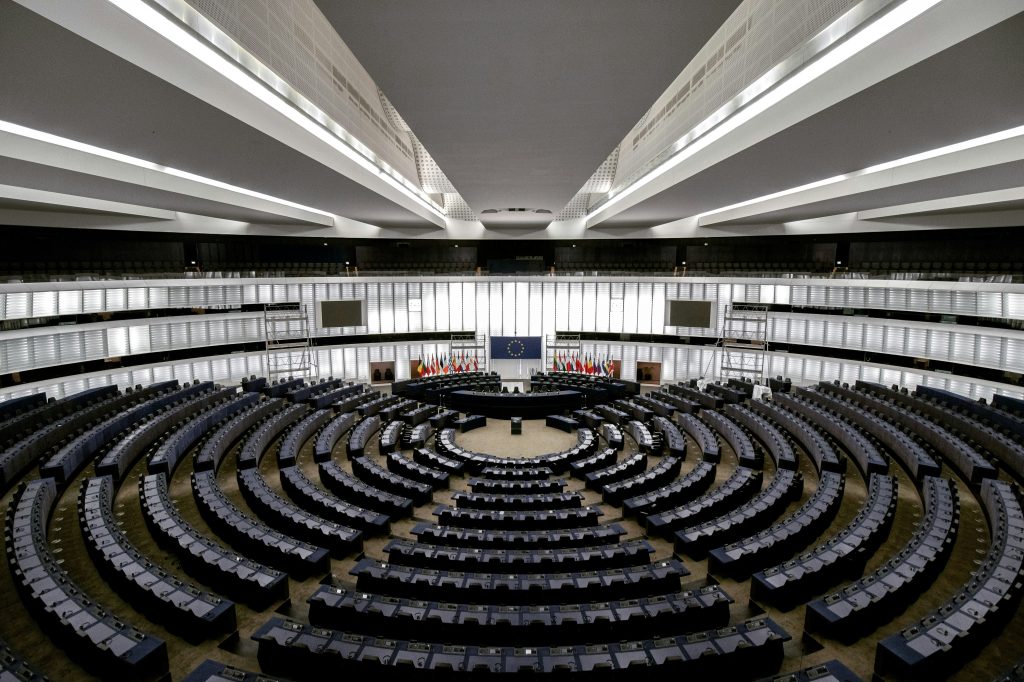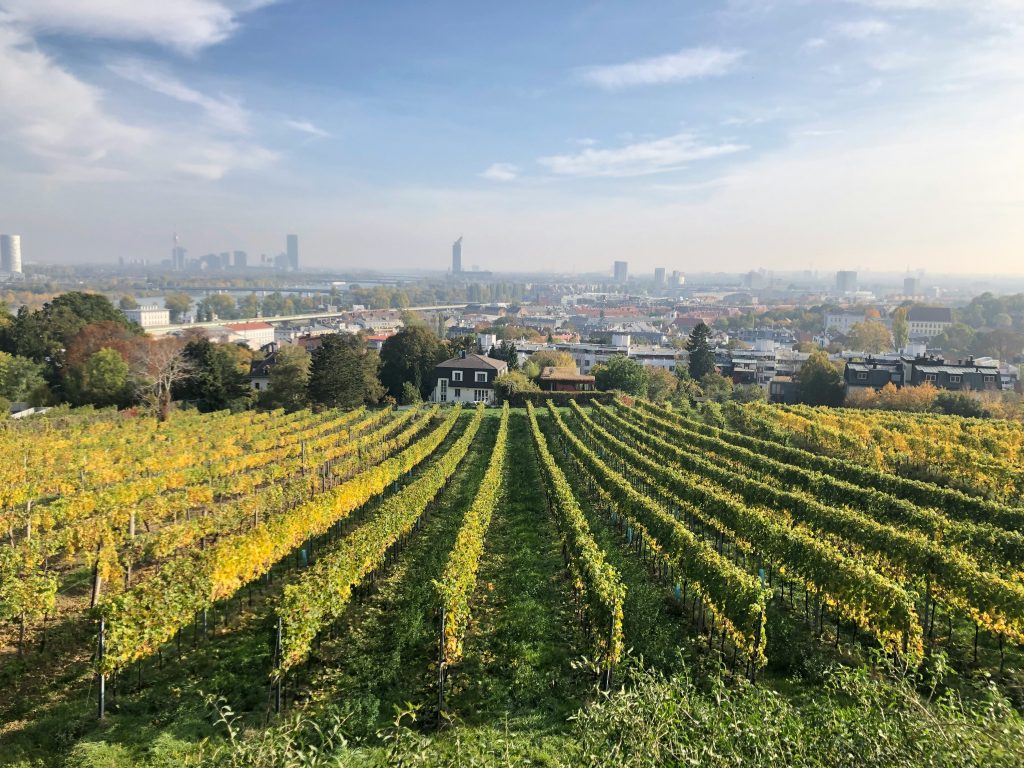In a groundbreaking achievement aimed at combating biodiversity loss and promoting environmental sustainability, the European Parliament adopted the final version of the Nature Restoration Law (NRL) on February 27, 2024, with 329 votes in favor, 275 against, and 24 abstentions. After a fierce political debate, with many countries (including Hungary, Italy, Sweden, and the Netherlands) opposing the definitive approval of the NRL, the Austrian environmental minister, Leonore Gewessler, cast the deciding vote on June 17, 2024, going against her own party’s decision not to support the NRL. The new law sets ambitious targets for member states, compelling them to restore a significant portion of habitats covered by the legislation. Specifically, EU countries must restore at least 30% of habitats deemed to be in poor condition by 2030, escalating to 60% by 2040 and a remarkable 90% by 2050. These habitats span a diverse range, from forests, grasslands, and wetlands to rivers, lakes, and coral beds.

Controversy and Farmers’ Protests: A Challenging Future for Nature Restoration Law?
The journey toward adopting the NRL has not been without challenges. The European People’s Party (EPP), the center-right group to which European Commission President and green deal champion Ursula von der Leyen belongs, nearly derailed the bill entirely in a vote in July. Due to the influence of the EPP, lawmakers made several amendments to the original text, including removing a provision that would have ensured 10% of farmland incorporated landscape elements like hedgerows and flower strips. Additionally, countries do not have to allocate funds from the EU’s farming budget for nature conservation purposes. Furthermore, the group successfully negotiated several exemptions for farmers, such as including an “emergency brake” mechanism that allows for the suspension of environmental targets in the event of potential threats to food production.
In the past few months, farmers across several European nations have organized extensive protests to express their opposition to the European Union’s Common Agricultural Policy (CAP) regulations. These protests have significantly shaped the discussion regarding the law, creating tensions that many governments are now unwilling to escalate by implementing further obligations and restrictions outlined in the NRL.
Agricultural Ecosystems: A Key Landscape for Environmental Restoration
One key aspect of the legislation focuses on agricultural ecosystems, recognizing their crucial role in biodiversity conservation. Member states must make tangible progress in enhancing biodiversity, measured by indicators such as the grassland butterfly index, common farmland bird index, or the stock of organic carbon in cropland mineral soil. Additionally, the law places significant emphasis on restoring drained peatlands, acknowledging this as one of the most effective strategies for reducing emissions in the agricultural sector. Importantly, the law allows for flexibility, permitting the temporary suspension of targets for agricultural ecosystems under exceptional circumstances that may threaten food production. This emergency brake mechanism aims to strike a delicate balance between environmental restoration and agricultural viability.

Building Landscape Resilience in Europe
Beyond agricultural ecosystems, the legislation encompasses a comprehensive approach to ecosystem restoration, including afforestation initiatives and the restoration of free-flowing rivers. Member states are also tasked with ensuring no net loss in the total national area of urban green space and urban tree canopy cover, recognizing the importance of nature within urban environments.
The ResAlliance Project in the Context of the Nature Restoration Law
The objectives of the European restoration law resonate strongly with the core mission of the ResAlliance project, a thematic network initiative supported by the Horizon Europe Programme of the European Union. At ResAlliance, our primary commitment is to tackle the escalating challenges posed by climate change, particularly evident in vulnerable regions like the Mediterranean basin. While ResAlliance is dedicated to enhancing landscape resilience in agriculture and forestry through knowledge dissemination and capacity-building efforts, the European restoration law is focused on the comprehensive restoration of degraded ecosystems throughout the EU.This shared goal shows that both efforts are working together to solve important environmental problems and mitigate the impacts of extreme weather events. They aim to make Europe’s landscapes stronger, resilient, and more sustainable in the long run.
Join the LandNet and the ResAlliance project to learn more and help make a difference for a better future in Europe!